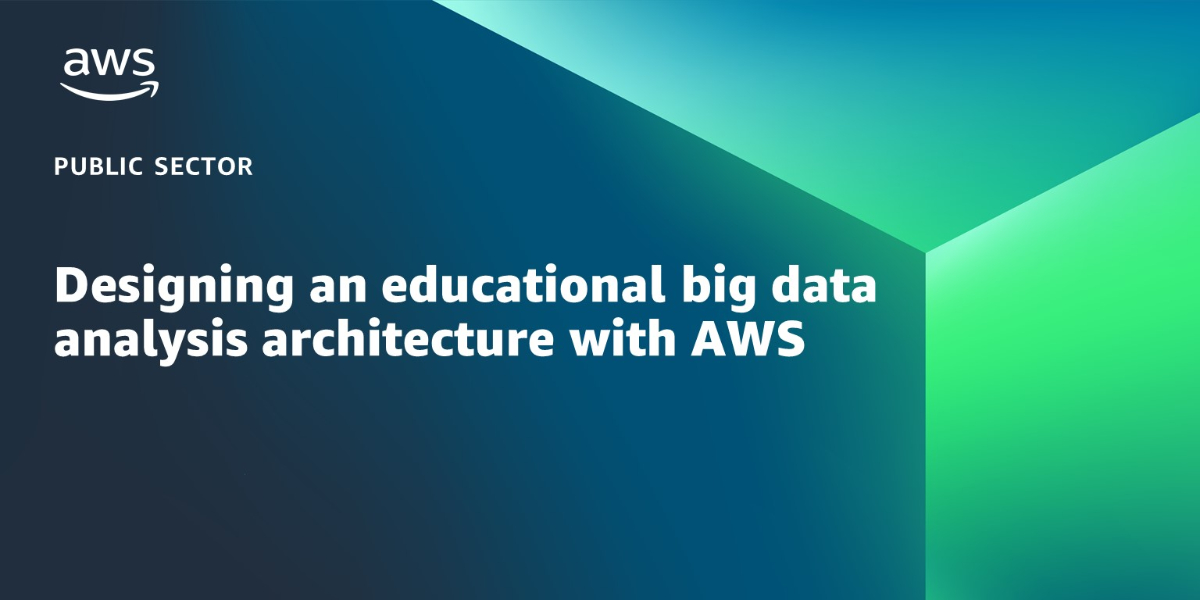AWS Public Sector Blog
Tag: architecture
Extracting, analyzing, and interpreting information from Medicaid forms with AWS
What if paper forms could be processed at the same speed as digital forms? What if their contents could be automatically entered in the same database as the digital forms? Medicaid agencies could analyze data in near real time and drive actionable insights on a single dashboard. By using artificial intelligence (AI) and machine learning (ML) services from AWS, Medicaid agencies can create this streamlined solution. In this walkthrough, learn how to extract, analyze, and interpret relevant information from paper-based Medicaid claims forms.
Automatically extracting email attachment data to reduce costs and save time for local public health departments
Local public health departments must notify public health agencies, like state health departments or the Centers for Disease Control and Prevention (CDC), of reportable conditions. These departments receive various types of reports of healthcare conditions through email, in addition to more traditional methods such as mail, fax, or phone calls. Local health departments can dramatically reduce the time and costs associated with manually processing email attachments and improve processing efficiency using automation. In this blog post, learn how to create an automated email attachment ingestion, storage, and processing solution powered by artificial intelligence (AI) and machine learning (ML) services from AWS.
Supporting 911 centers with non-emergency response solutions: An architecture guidance
AWS is helping the 911 community mitigate the impact of staffing shortages on call wait times by providing 911 centers the means to automate the receipt and resolution of designated non-emergency calls. Learn how the Jefferson County Communications Center Authority is already seeing improvements using an AWS solution, and discover the solution’s components that support 911 centers in handling non-emergency calls at scale.
Implementing third-party firewall appliances in AWS: Comparing two methods
Public sector customers face challenges to accomplish complex missions with limited resources. Many IT teams are tasked with implementing centralized network security via third-party firewall appliances; protecting internet access by allowing secure connections to only approved destinations; and scaling security across many AWS accounts and virtual private clouds (VPCs)—all with reduced management and operational complexity. In this blog post, learn two options for how to manage network security with third-party firewall appliances.
Improving the customer experience for high-traffic public services: An architecture guidance
Improving the customer experience (CX) has emerged as an imperative for government agencies. In this blog post, learn an architecture pattern that public institutions can use to improve CX while building and deploying secure, resilient, and performant web applications that support sudden surges in demand for public services. This architecture pattern addresses the need of an example use case in which an agency must request information from thousands to millions of civilians, who may access a single-page application at similar times, and then sends email notifications to each civilian to confirm their activity.
Designing an educational big data analysis architecture with AWS
In this blog post, learn a high-level architecture, built on AWS, that uses a graph database to analyze unstructured and structured educational data that can, for example, help inform a recommendation to a student for the appropriate courses to take in their next semester based on multiple personalized data factors.
Now available: New AWS program supporting nonprofit donor and member engagement
As one-time donations increasingly become the norm, nonprofit development teams are challenged to think outside-the-box to attract, retain, and communicate with their valuable supporters. Nonprofit organizations can use data to inform an enhanced engagement strategy, but many are challenged to unlock the full value of that data affordably and at scale. To help nonprofits use the cloud to build innovative fundraising and member engagement solutions, we are launching a new program – AWS TechAction.
Enhance the citizen experience with deep learning-powered suggestions
Citizens want to report issues to their local governments in a fast and simple manner and not have to worry about identifying the right government agency or phone number—for instance, if a fire hydrant is broken, or a road sign has fallen over. In this blog post, learn how to set up a solution with AWS deep learning services that creates a fluid experience for reporting and addressing these issues.
How government agencies can vet external data in minutes with data interchange zones
Learn how government agencies can use AWS to build data interchange zones to automate their ability to ingest and validate data from other agencies or external entities in a secure manner. Automating this process can help agencies save time to focus on more strategic aspects of their mission.
How to improve government customer experience by building a modern serverless web application in AWS GovCloud (US)
Modern applications built using microservices architectures improve customer experience by dramatically reducing the risk of failures in a web application. In this blog post, we present a sample AWS reference architecture of a microservices application built using an architecture framework based in AWS GovCloud (US), which can help support adherence to a Federal Risk and Authorization Management Program (FedRAMP) High Baseline.









